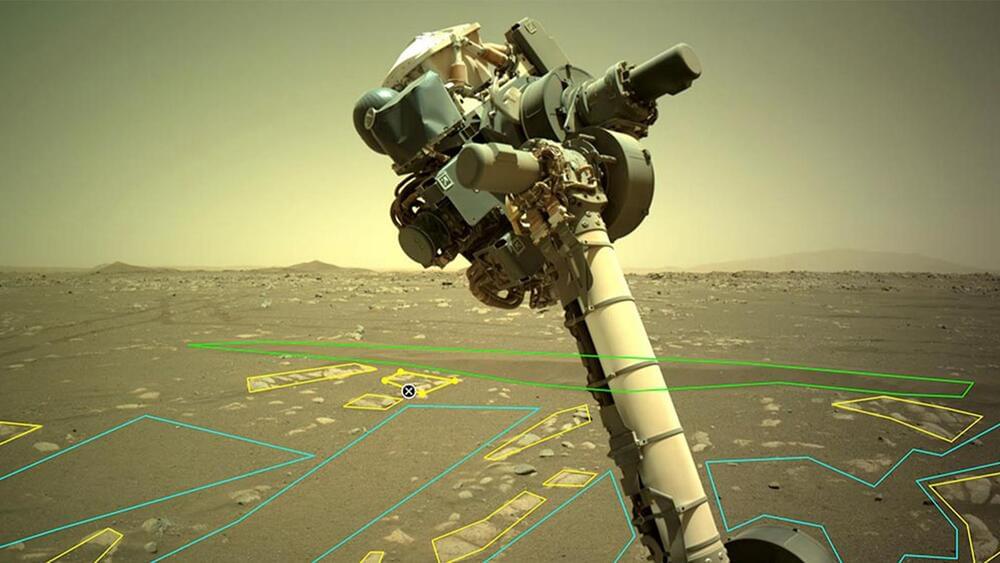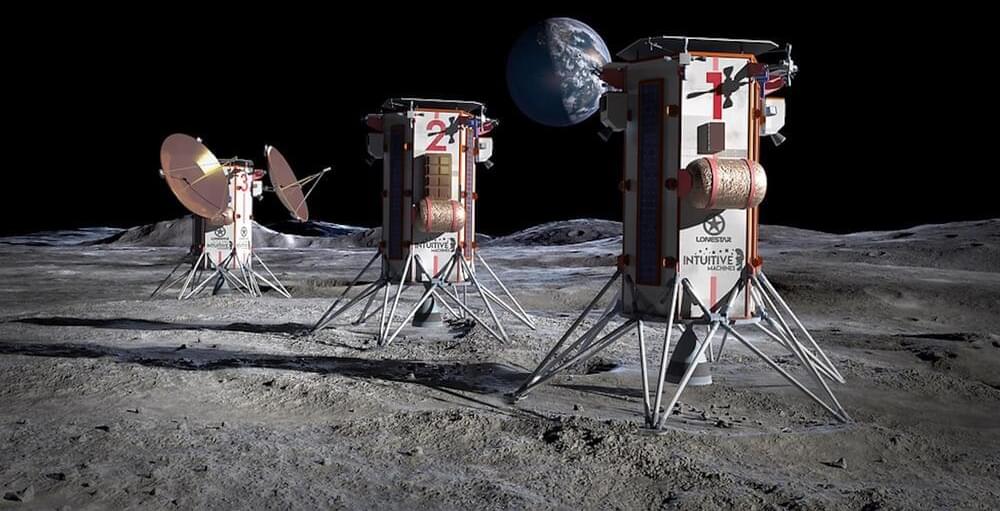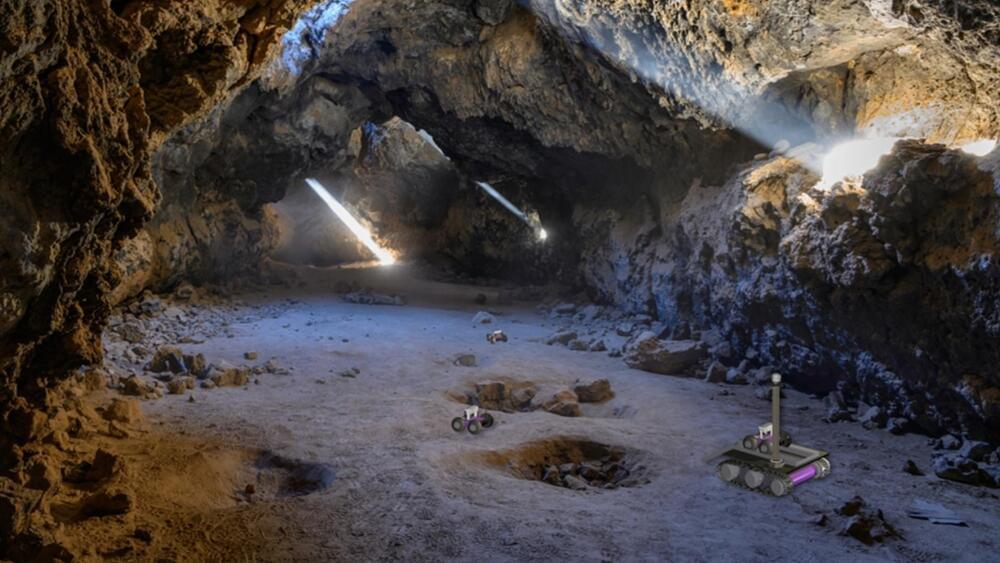The system dramatically reduces the environmental footprint and improves compatibility with other sea uses.
In a boost to further wind energy generation, the world’s only floating wind platform currently installed with a tension leg platform (TLP) mooring system has kickstarted its operations with the production of its first kWh. The facility developed by X1 Wind, a floating wind technology developer based in Barcelona, is anchored in the Canary Islands, which is situated near Spain.
Its X30 floating wind prototype’s TLP system dramatically reduces the environmental footprint and improves compatibility with other sea uses.
X1 Wind.








